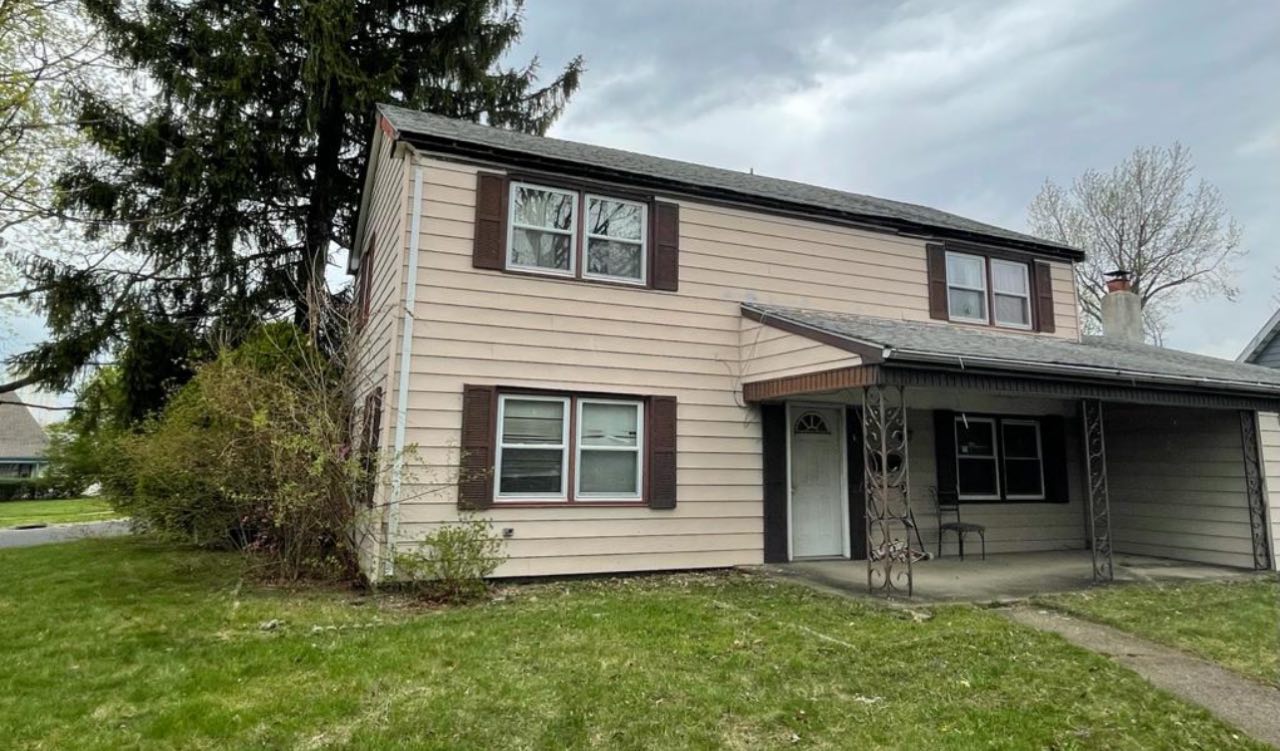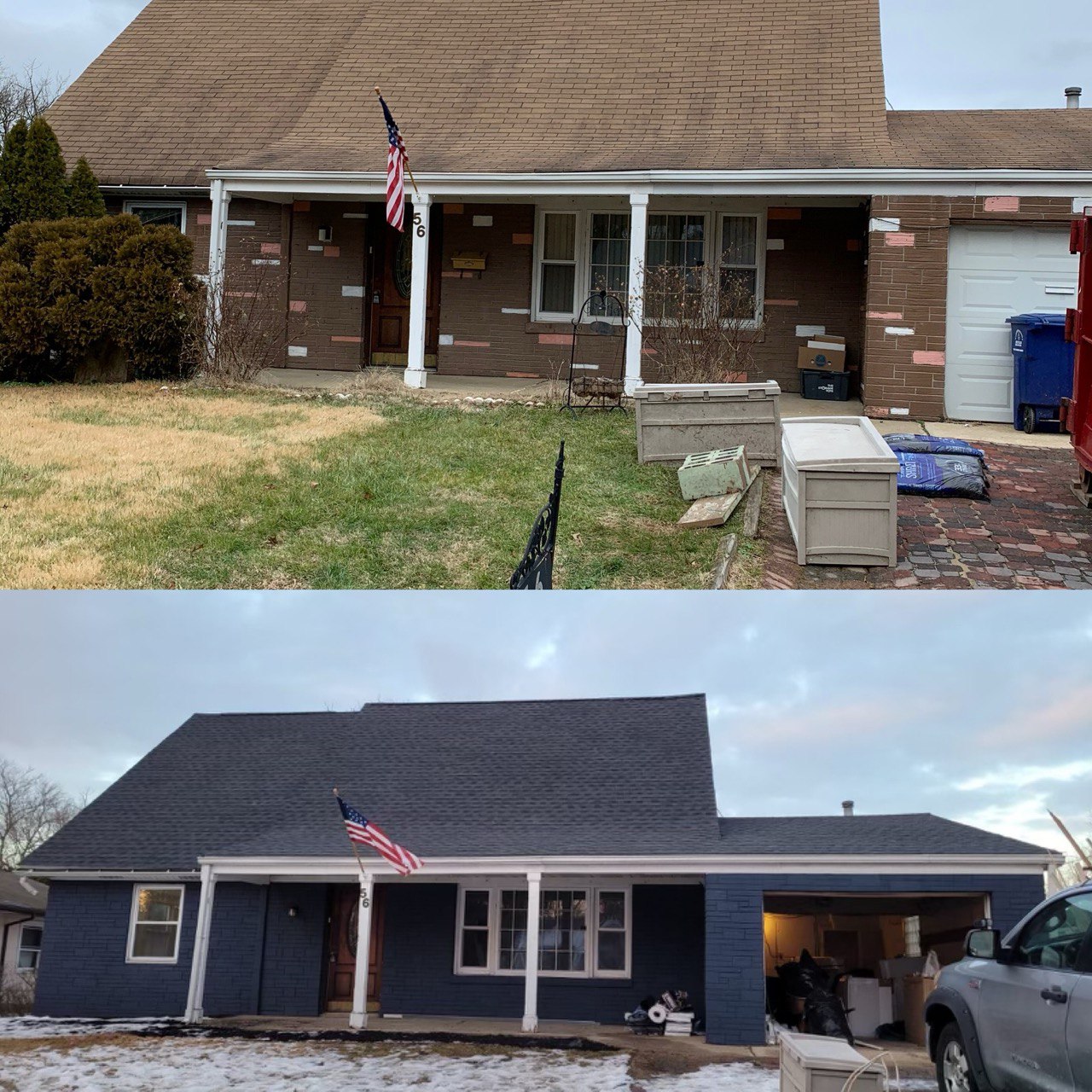
There’s been a debate raging in the landlord community for many years now. Some property owners feel it’s perfectly acceptable to let tenants sublet their property. Other landlords feel this is a violation to the highest degree. What’s your opinion on this subject matter?
To keep things perfectly objective, we’d like to share the pros and cons of subleasing with you today. As a landlord, you may be on the fence about this particular topic and need additional input to make an informed decision. The information shared today will help you come to a conclusion.
Truth be told, you may prefer to forgo long-term tenant leases in an effort to capitalize on the short-term rental craze. Rentbelly is an excellent site to help you connect with individuals looking to rent for the short-term. Plus, their policy is to ensure landlords create, apply, and administer their short-term rental policies so they are in complete control every step of the way.
With that said, we’ll now take a look at the pros and cons of subleasing for landlords.
Pro: Vacancy Rates Are Much Lower

Since vacancy is costly for landlords, you certainly want tenants renting your units at all times. By allowing your tenants to sublease their rentals, you give them the ability to move or travel quickly without leaving you stuck without a new tenant for an extended period of time.
Con: Subletting Can Create Additional Risks

By allowing tenants to sublet your property, you may find yourself vulnerable to additional risks. In one example, your tenant might not perform the same stringent background check as you. And you could end up having a sublease tenant living in one of your rental units that you would never have rented to if you were the one performing the background check.
In a sublease situation, the original tenant who signed the lease agreement with you is still responsible to pay their rent. But if they get in a bind and their tenant stops paying them, you may end up being forced to evict the sublessor because the tenant doesn’t have the ability or finances to evict someone from your property.
Pro: It’s a Real Timesaver

By allowing subletting, you actually create a situation that will save you a great deal of time. Instead of having to spend days, weeks, or even months searching for a new tenant, your current tenant will continue to pay their bills and fill the vacancy for you. Finding tenants can be an exhausting and monotonous process. You’ll be able to forgo the hunt by letting your tenant handle it for you. This perk is definitely one that landlords across the country seem to appreciate. Do you?
Con: Potential Legal Problems

You could possibly find it difficult to take legal action against a sublessor. For all intents and purposes, you technically aren’t their landlord because the tenant you originally signed the lease agreement with is the only person under contract with you.
If you need to evict the sublessor for one reason or another, you may be forced to issue a double eviction. You’ll need to evict the original tenant and the sublessor tenant, which means you may pay pay double the expenses and you may have trouble recouping these additional costs once your case eventually makes it in front of a judge.








